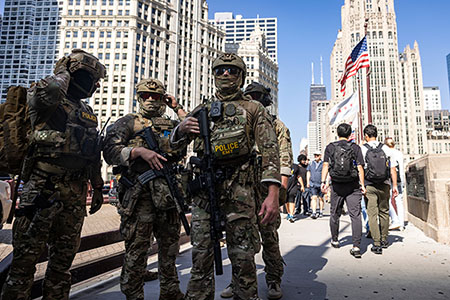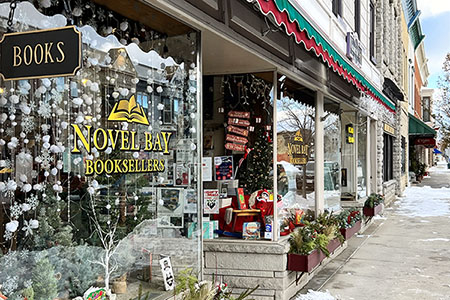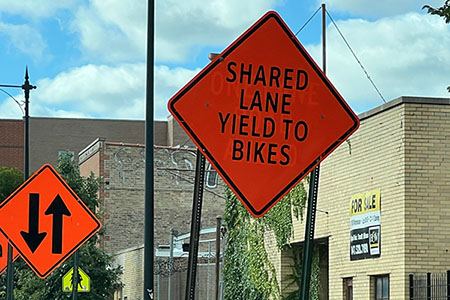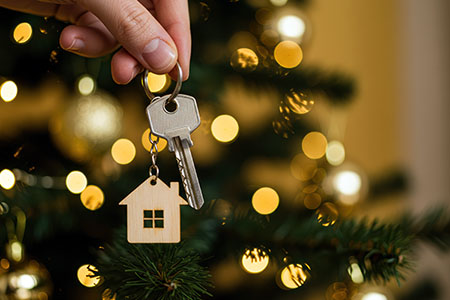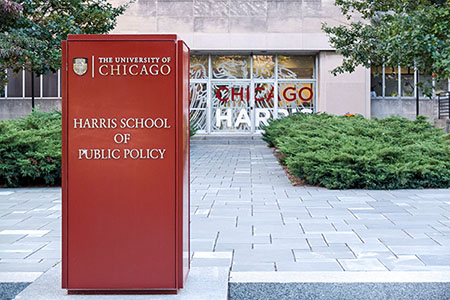Dec. 24, 2015 – Let’s suppose you are a 30-year-old Millennial man or woman who just got engaged or married, and the New Year beckons as the perfect time to make plans to feather the nest and buy that first home or condominium. Assuming you and your significant other have good jobs, a FICO score of 720, a wad of down payment cash, and not too much credit card or student loan debt, do you know how lucky you are? You might be able to actually buy a slice of the American Dream before it fades into oblivion. You may have noticed a news blip on your iPhone the other day that announced the Federal Reserve raised its benchmark short-term interest rate 0.25 percent. It is the first Fed rate hike in nine years. So what? Seven years after lowering this rate to near zero, members of the policymaking Fed edged it up a quarter of a point. However, financial analysts say the modest rate increase to the federal funds rate will put upward pressure on interest rates for a wide assortment of consumer and business loans – from home equity loans and mortgages to auto loans and student borrowing obligations.
Crystal ball gazing Freddie Mac economists see mortgage rates floating higher but remaining at historically low levels in 2016. Home sales will remain strong but refinance activity should cool somewhat, experts say. “However, we are likely to see some short-term volatility as market participants adjust,” said Becketti.  Freddie Mac’s Primary Mortgage Market Survey (above) reported on December 17 that benchmark 30-year fixed mortgage rates moved slightly higher for the second week in a row to an average of 3.97 percent, up from 3.95 percent a week earlier. A year ago at this time, the 30-year fixed loan rate averaged 3.80 percent. Meanwhile, 15-year fixed mortgages averaged 3.22 percent, up from 3.19 percent a week earlier. A year ago at this time, the 15-year fixed loans averaged 3.09 percent. On December 18, 2006, Freddie Mac happily reported that benchmark 30-year fixed home loan rates held steady at 6.12 percent after the Fed kept the federal funds rate unchanged at 5.25 percent for the fourth consecutive policy-making meeting. Earlier, in mid-July 2006, the average benchmark 30-year rate was a lofty 6.74 percent. Beginning in mid-2004, the Fed methodically raised short-term interest rates 17 times over a period of two years. The series of quarter-point interest rate hikes was designed to make sure inflationary pressures remain under control. With the Great Recession of the mid-2000s already beginning, the Fed halted its rate-tightening campaign nine years ago in June 2006. But now it looks like the interest rate roller coaster is about to take off again. Experts say the world of mortgage-land is unpredictable, sometimes foggy, and always volatile. Few of today’s novice borrowers remember that 16 years ago in August 1999, lenders were quoting 8.15 percent on a 30-year fixed mortgage. To appreciate today’s rock-bottom rates, housing historians say home buyers need only to look at the following interest charges banks and mortgage lenders were quoting between 1963 and the 1985…
In 1985, the year in which today’s 30-year-old Millennial would-be home buyer was born, this writer was happy to lock in an 11.75 percent rate on a 30-year mortgage when buying a $140,000 English Tudor-style home in the Sauganash neighborhood on the Northwest Side. Through a series of refinances on that home, the rate eventually was lowered to 7 percent on a 15-year fixed loan in the mid-1990s. What is the outlook for mortgage rates in 2016 as we start a new interest-rate cycle? Lawrence Yun, economist for the National Association of Realtors, predicts 30-year fixed mortgages may go up to 4.5 or 5.0 percent next year. On a typical $200,000 conventional mortgage, an interest rate rise to 4.5 percent would mean a monthly payment of $1,013, compared with $954 at a 4.0 percent interest rate today. Better tighten your seat belts, mortgage hunters. We may be in for a bumpy ride in 2016 and beyond, because mortgage rates could be headed back into the six percent range by 2017.
|






 Previous story:
Previous story: 